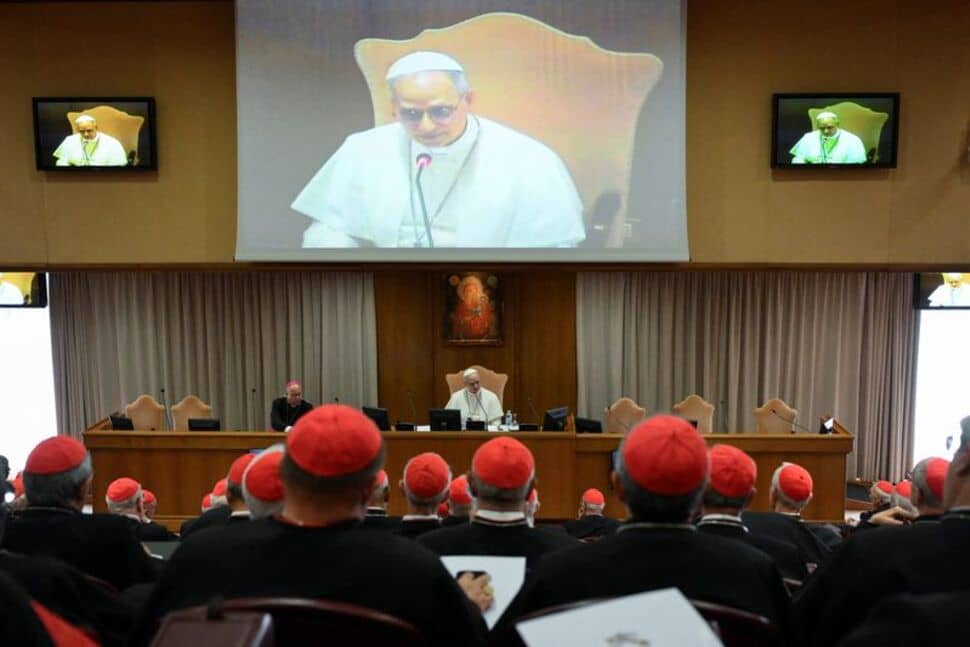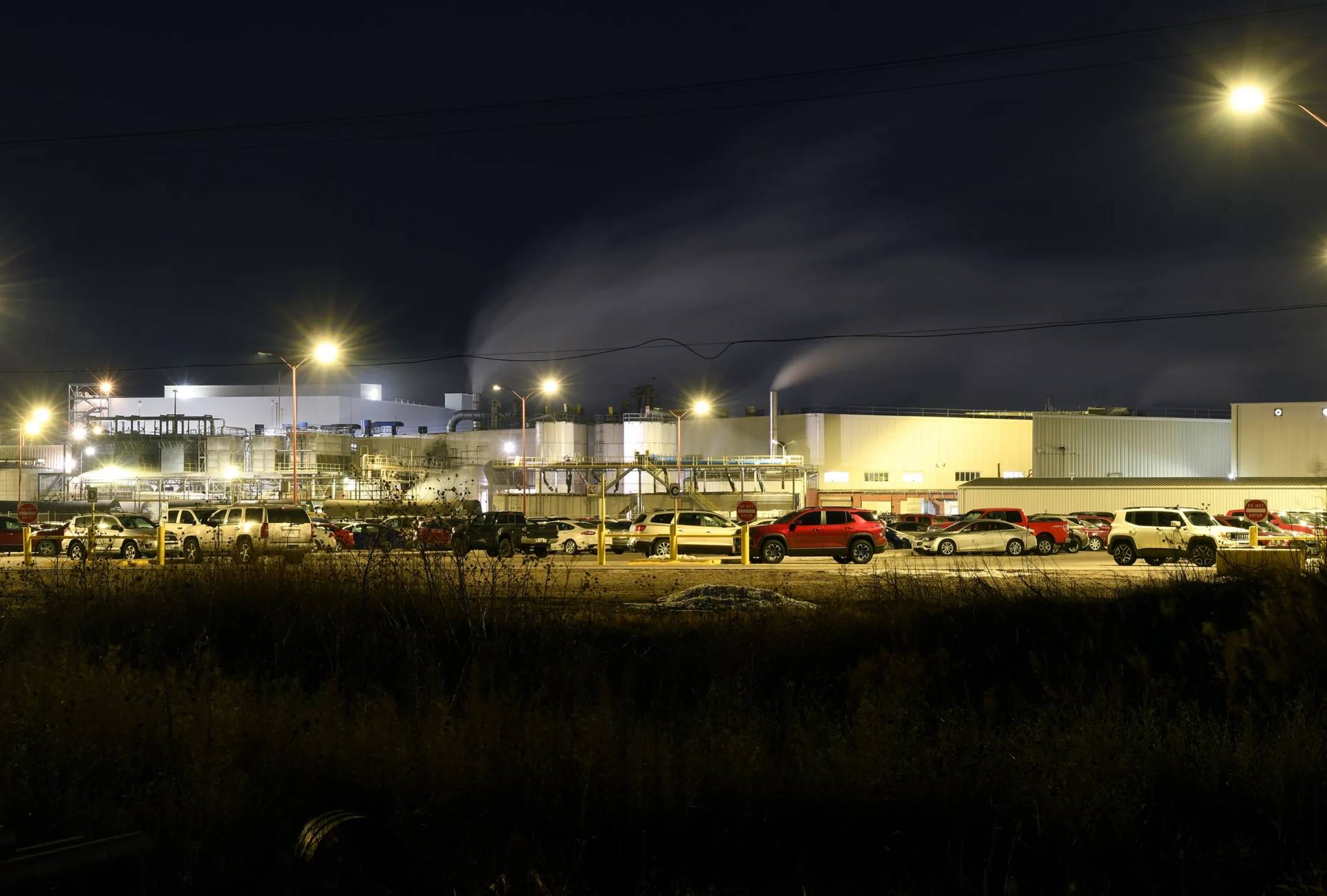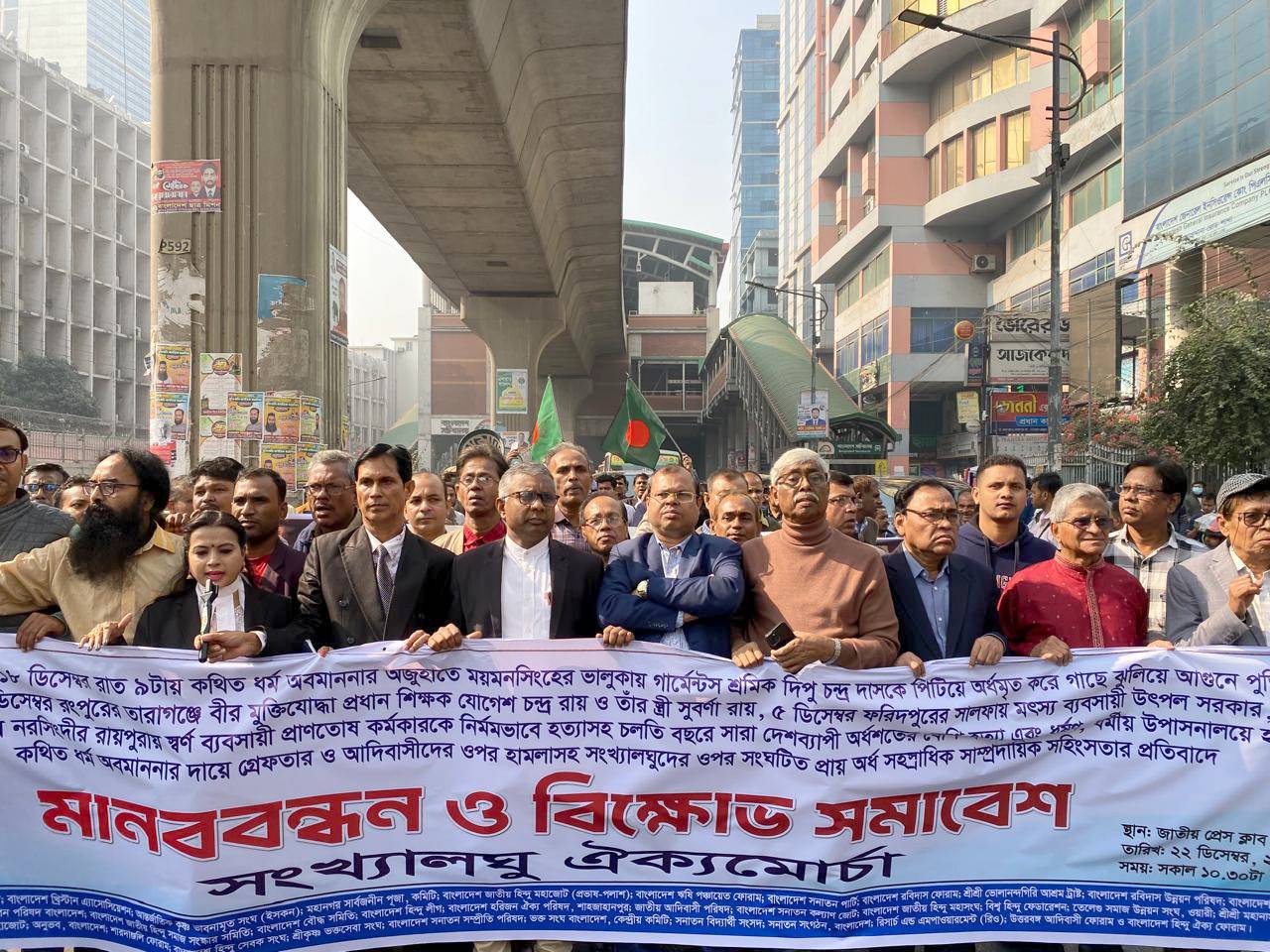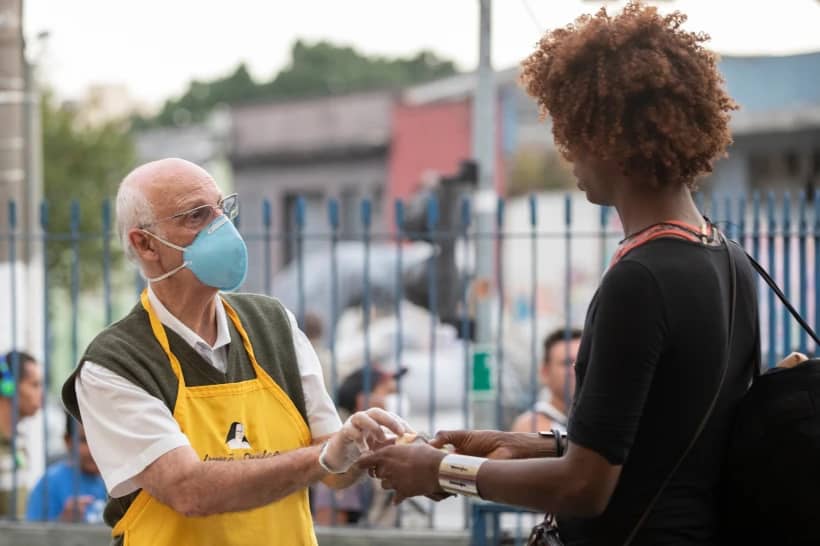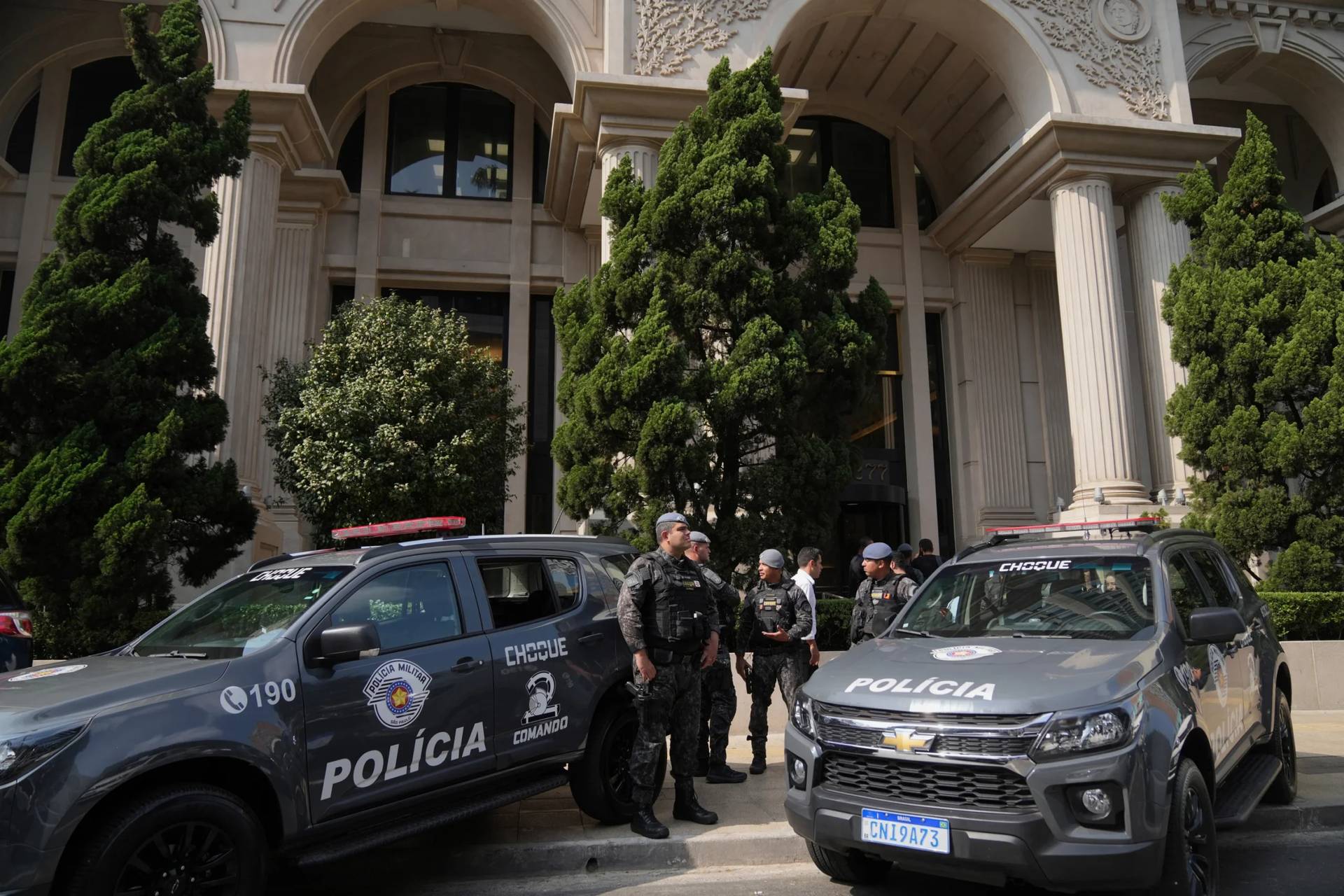ROME – When he arrived in the central Chilean diocese of Chillan back in 1974 Bishop Francisco Cox had a blue truck. Kids loved riding in it, accompanying the bishop as he went to neighboring towns to say Mass during the weekends.
He loved it too, reportedly, but for different reasons. According to people who took part in those rides, he would have kids give him hugs that lasted too long and kiss them on the mouth at every chance he got. When he was alone with them, reportedly he also enjoyed having them sit on his lap, hugging them from behind and rubbing himself against them.
As one of those kids put it today, 40 years after he was abused, “He sat me on his legs. He was shaking. I could feel his erection, how he rubbed my behind into his penis. When he was done, his breathing would be labored. He’d be flustered.”
Abel Soto is about to turn 50. When he first met Cox, he was an altar boy in the parish of San Bernardo in Chillan Viejo, on the outskirts of Chillan. When the bishop first came to the parish, “he loved that we were wearing a cassock and a white stole on top.”
From that moment on, Cox would pick “Abelito” and some other kids, taking them for a ride on the back of the blue truck. During the five years the abuses went on – “though I was never raped, this must be said,” Soto was “touched, patted, suffered never-ending kisses and then there was the sitting in his lap.”
Soto spoke to no one.
Especially at the beginning, he said, he didn’t even realize what was happening: “I come from a very troubled family. My father was an alcoholic. I grew up seeing him beating my mother and abusing my sister.”
Looking back, with the wisdom of a man who’s today a father of two young women himself, he told Crux that he understands that his “need” to be with Cox was a way to “run away from the hell I had at home, but I also saw it as something normal, because I saw it happening at home.”
Soto was “seven or eight” when the abuses began, he said, and they went on until Cox was summoned to Rome in 1981 to be the secretary for the Pontifical Council for the Family. In 1985 he returned to Chile as coadjutor bishop of La Serena, and he helped organize St. Pope John Paul II’s 1987 visit to the country.
The visit gave him the opportunity to forge a close work relationship with the papal representative in the country at the time: Italian Archbishop Angelo Sodano, today a cardinal, who would serve as the Vatican’s Secretary of State during the final years of the pontificate of John Paul II.
By connecting the dots, many have long pointed towards Sodano as an architect of the current crisis of the Chilean Church, as he shaped the appointment of many of the current bishops who in May resigned en mass. Since 2005 he’s been the dean of the College of Cardinals.
Once in La Serena, Cox continued his abuse. In Soto’s case, the bishop helped him find lodging and paid his tuition so he could go to university. Yet halfway through, he said he couldn’t take the abuse anymore.
“He would grab my penis in public, for instance, in front of Archbishop Bernardino Piñera Carvallo,” Soto said. At 103, Piñera is the oldest living Catholic bishop. He retired in 1990, when he was replaced by Cox.
According to Soto, the retired archbishop covered up for Cox: “He allowed for things to continue as they were, he did nothing when Cox kissed us or touched us.”
The survivor lived in the archbishop’s house in 1989, and in 1990, in a room paid for by Cox in La Serena. But the abuse, he said, drove him back home to Chillan.
Soto remained silent, and acknowledges that until now, he’s done “nothing” to bring Cox to justice. He even remained an active member of the Church, helping in his parish.
In January of this year, he heard Pope Francis say that the allegations made by survivors who accused Bishop Juan Barros of having covered up for his mentor, former priest Fernando Karadima, were “calumnies.”
Ten days after returning from that trip, the pontiff made a 180-degree turn on the situation. He sent two investigators to look into the Barros case, publicly acknowledged that he’d been misinformed and had made serious errors, and then uncovered the ugly truth: the abuses of Karadima, who was removed from the priesthood in late September, and the subsequent cover-up, were only the tip of the iceberg.
Today, there are 211 priests being investigated by Chilean civil authorities over credible accusations of abuse, and eight bishops have been summoned to testify over either cover-up or for having sexually abused minors and young adults themselves.
RELATED: 221 priests, 8 bishops face probes for abuse and cover-up in Chile
On August 16, Soto went to the prosecutors’ office in Rancagua, where most of the civil investigations against the Catholic Church are being managed, and he gave his testimony. He’s one of four who’ve come forward recently, making Cox’s case all the more complicated.
In a letter, hand-delivered to the papal envoys who looked into the Barros case in June, he detailed the abuses he suffered.
“I’m still waiting for a response. From anyone,” he said.
Where is Cox now?
Cox’s last official post was La Serena. He resigned in April of 1997, at the age of 60, 15 years before a bishop has to submit his resignation. The explanation given was that Cox had mental health problems.
Yet by then, rumors of his abuses were beginning to surface.
With the help of then-Bishop Francisco Javier Errázuriz, Cox moved to Santiago, and then to Colombia for a while, where he worked in CELAM, the conference of Catholic bishops of Latin America. The two have in common that they belong to the Germany-born Institute of Schönstatt Fathers.
In 1998, Errázuriz became the archbishop of Santiago, and was later made a cardinal. He’s accused by the victims of several priests – and former priests – of having covered up.
For several years, Cox went completely undetected, but it’s known that from Colombia he went back to Rome and that he had a role in preparing the TV transmission of the Great Jubilee of 2000. After this, he returned to Chile.
In 2002, the rumors about Cox’s abuses made it to the front pages of local newspapers, and Errázuriz is forced to acknowledged that he’d been removed from ministry due to “improper conduct.” Later that year, Cox released a statement asking forgiveness “for this dark side that is opposed to the Gospel.”
In between, Soto attempted to go public by writing a letter to Chilean newspaper El Mercurio. The survivor claims he got a response from one of the editors, saying that the owners of the paper were good friends with the disgraced archbishop and were too shaken by the ordeal to publish the letter.
“It didn’t occur to me to go somewhere else because 15 years ago, no one would have listened about an abuse that had happened 20 years earlier,” Soto said.
Upon Crux’s requests for comments, Father Juan Pablo Catoggio, Superior General of the Schoenstatt Fathers, said that from his period in La Serena, the institute knew of “abusive situations committed by Francisco José Cox.”
“Thanks to the information we later received on abuse prevention and the accompaniment of victims, we found that at that time we did not respond as the situation required,” said Catoggio in a statement signed Oct. 5.
He also said the Vatican’s Congregation for Bishops, which — as in the case of former U.S. cardinal Theodore McCarrick — allowed Cox to advance and later failed to promptly respond to the allegations, should “evaluate its way of proceeding at that time.”
At the request of the Congregation for Bishops, Catoggio said, Cox has been living in the central house of Schönstatt, in Germany, since 2002. The abusive prelate is now 85 and his health is “precarious,” with signs “of senile dementia.”
At the end of 2017, Schönstatt received “a formal complaint” over an event that occurred in Germany in 2004, Catoggio said, and followed the procedures of the German bishops’ conference and that of the Conference of Religious Orders: All the information received was sent to the German Federal Prosecutor’s Office and to the Vatican’s Congregation for the Doctrine of the Faith, which is currently reviewing Cox’s case.
“We deplore every act of abuse, we regret the suffering of the victims and we fully support that civil justice and ecclesiastical courts clarify the facts, so that the truth is known and justice is done,” Catoggio said, adding that they want to cooperate with both civil and ecclesial authorities.
“We believe that the path of conversion that Pope Francis invites us to of accompanying through gestures, concrete actions and transparency is the only way to repair the damage caused,” he said.
Interviewed by 24 Horas, a Chilean media, in the place he’s living at in Germany, Cox said that the allegations he faces both in Chile and in Germany “are not my problem at this moment.”







